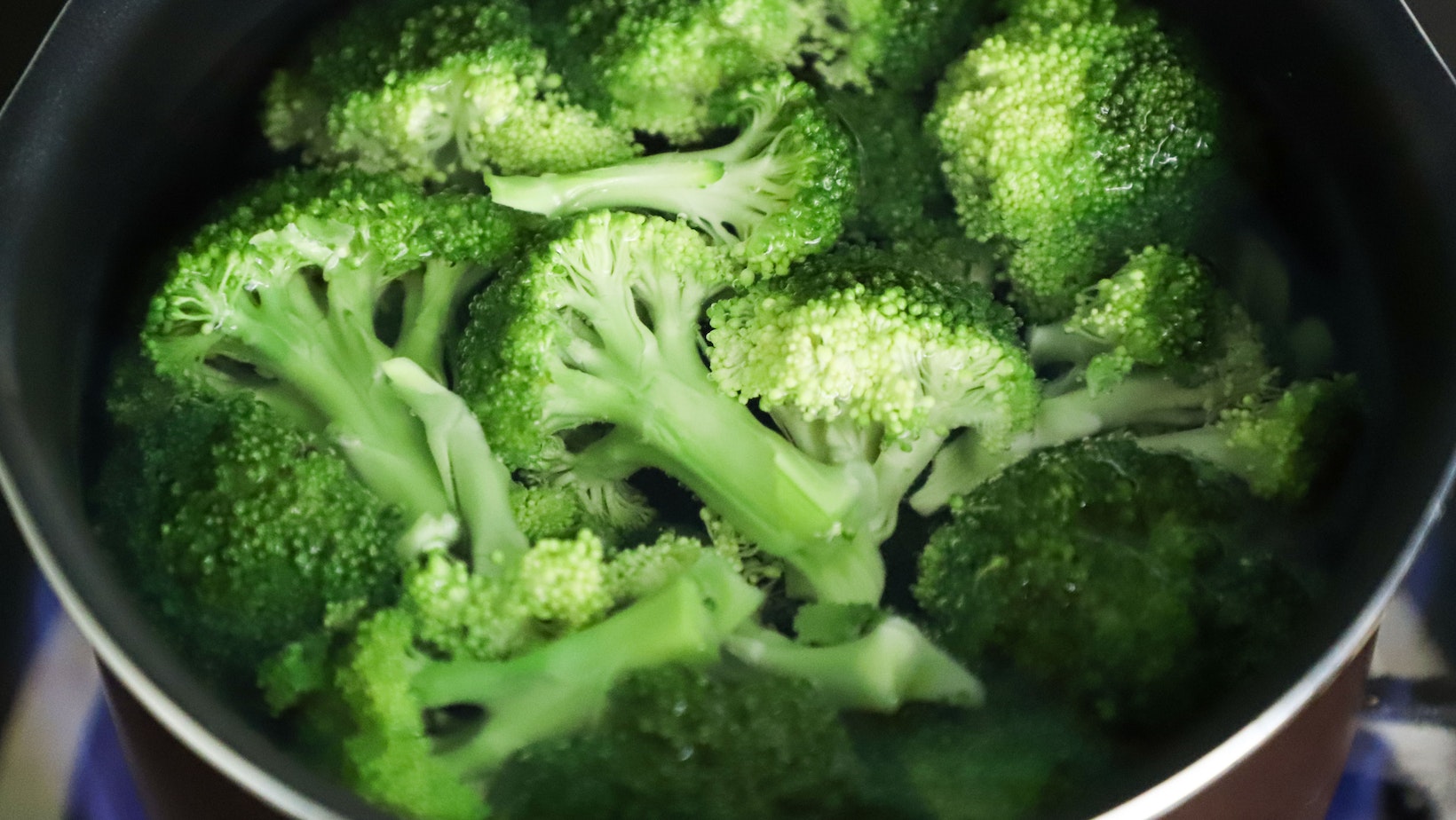
When following a keto diet, understanding how to read labels becomes essential for making informed food choices. The right label analysis can help you determine if a product is suitable for your low-carb, high-fat lifestyle. In this article, I’ll guide you through the process of deciphering labels and identifying keto-friendly options.
How to Read Labels for Keto
When following a keto diet, understanding how to read labels becomes essential. It’s important to know the nutritional composition of food products to ensure they align with your keto goals. Here are a few key aspects to consider when decoding nutritional labels for keto:
- Total Carbohydrates: Keep an eye on the total carbohydrate content listed on the label. In a ketogenic diet, keeping carb intake low is crucial for maintaining ketosis. Look for foods that have fewer grams of carbohydrates per serving.
- Net Carbs: Calculating net carbs is particularly relevant in keto. To determine net carbs, subtract dietary fiber and sugar alcohols from the total carbohydrates. Net carbs provide a more accurate representation of carbs that impact blood sugar levels.
- Fats: Healthy fats are a cornerstone of the ketogenic diet as they provide sustained energy and help achieve ketosis. Pay attention to both total fat content and types of fats present in food items.
Identifying Hidden Sugars in Food Labels
One challenge when reading labels for keto is identifying hidden sugars lurking in various products. Some common names for added sugars include sucrose, high fructose corn syrup, maltose, dextrose, and honey, among others. However, manufacturers often use different names or variations of these terms to disguise added sugars.
To spot hidden sugars:
- Read ingredient lists carefully: Look out for words ending in “-ose” or any syrups.
- Be cautious about “low-fat” or “reduced-fat” products: These may contain higher amounts of added sugars to compensate for flavor loss.
- Watch out for alternative sweeteners: Certain artificial sweeteners can affect blood sugar levels despite having zero calories or carbohydrates.
Understanding Serving Sizes on Keto
Serving sizes play a significant role when interpreting nutritional labels on keto-friendly foods correctly.
- Compare serving sizes: Different products may have different serving sizes, making it crucial to compare them directly.
- Calculate net carbs per serving: To determine the net carb content of a food item, divide the total net carbs by the number of servings you consume.
Identifying Hidden Sugars and Carbohydrates
When it comes to following a keto diet, understanding how to read labels is crucial. It’s not just about the total carbs listed on the label; you also need to be aware of hidden sugars and carbohydrates that can sneakily sabotage your efforts. Let’s dive into some key strategies for identifying these hidden culprits.
Spotting Sneaky Sugar Synonyms
Sugar can hide under different names in ingredient lists, making it challenging to spot at first glance. Here are some common sugar synonyms you should watch out for:
- Sucrose: This is plain old table sugar, which is a combination of glucose and fructose.
- High-fructose corn syrup (HFCS): A sweetener derived from corn that contains both glucose and fructose.
- Dextrose: Another name for glucose, which is a simple sugar found naturally in fruits and vegetables but can also be added as a sweetener.
- Maltose: A sugar formed by two glucose molecules bonded together, often found in malted drinks or beer.
Uncovering Hidden Carbohydrate Sources
While sugars are important to watch out for on a keto diet, don’t forget about other sources of carbohydrates that might not be immediately obvious. Here are a few examples:
- Starches: Ingredients like flour, rice, potatoes, or cornstarch may contain significant amounts of starches that can impact your carb intake.
- Fiber: Although fiber is technically a carbohydrate, it does not raise blood sugar levels as much as other types of carbs do. When reading labels for keto purposes, subtract the grams of fiber from the total carb count to calculate net carbs—the ones that affect ketosis.
- Artificial sweeteners: Some artificial sweeteners, like maltitol or sorbitol, may have a significant impact on blood sugar levels in certain individuals. It’s essential to consider these carbs when counting your overall carbohydrate intake.
Understanding how to read labels for keto goes beyond just looking at the total carb count. By keeping an eye out for hidden sugars under different names and identifying other sources of carbohydrates, you’ll be better equipped to make informed decisions about the foods you consume while following a ketogenic lifestyle.


